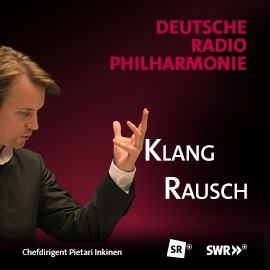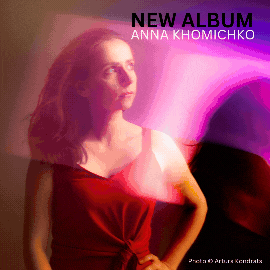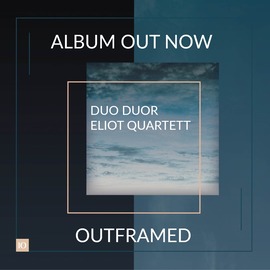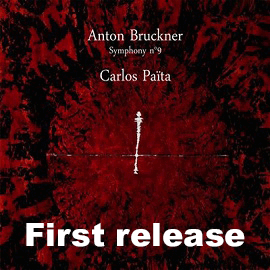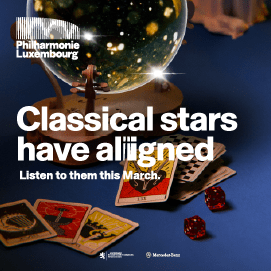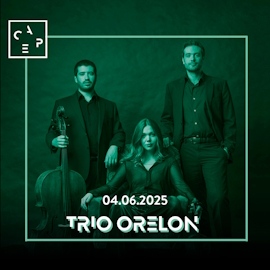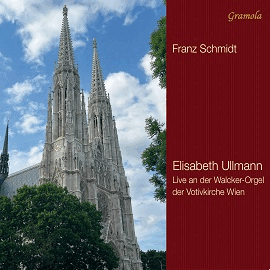Roberto Sierra hat seinen Stil darin gefunden, die klassische moderne Musik des Westens mit der Folklore und Popularität seiner Herkunftsregion, der Karibik, zu würzen. Wie auch Bartok bei der ungarischen Folklore integriert Sierra das traditionelle Material meist stilistisch, aber zitiert es nicht. Afro-karibische Trommeln sind teils sehr präsent, an anderer Stelle gibt er subtil karibische Atmosphäre hinzu.
Ein Merkmal von Sierras kompositorischer Laufbahn ist seine ständige Neuerfindung seiner selbst. Die neueren Stücke dieser Aufnahme zeigen die blühende Erfindungsgabe des Komponisten mit neuen Zeitkonzepten, unerwarteten Arten, traditionelle Formen zu hören und sein geliebtes karibisches Erbe in neuen Kontexten.
Mit ‘Six Intervening Periods of Time’ legt er Miniaturen vor, in denen die Musik Momente verbindet, aber Stimmungen und Gesten voneinander trennt. Eine neuntönige Tonleiter und ihre Tonhöhenkombinationen durchziehen die Sätze. Jede Miniatur hat ihre Zeitlichkeit und die Wahrnehmung der singulären Tonhöhenstruktur. Viola und Klarinette dialogisieren dabei.
Die beiden Klavierzyklen Piezas Cortas und Piezas Íntimas gehören zu mehreren Zyklen von Miniaturen mit dem Titel Piezas. Diese Sammlungen sind Klangprotokolle von Momenten, die sich durch eine Grundidee auszeichnen. Sie stellen verschiedene Charaktere, Emotionen und Farben dar. Das Wort ‘intim’ wird als aus dem Inneren der Seele kommend verstanden.
Die Sonate für Violine und Klavier untersucht das Konzept der Sonatenform neu. Die Sonate für Bratsche und Klavier deutet das bekannte Sonatenschema aus Exposition, Durchführung und Wiederaufnahme des eingeführten Materials als drei Sätze um.
Fuego de ángel erklingt als Ersteinspielung. Die Vorstellung eines Engels in Verbindung mit Feuer erinnert an Bilder aus der religiösen Malerei der Renaissance und des Frühbarocks. Das Klavierquartett lässt den Engel fliegen und das Feuer lodern.
Die Musiker des Ensembles Continuum, das von Joel Sachs und Cheryl Seltzer geleitet wird, haben ihren Schwerpunkt in der Präsentation zeitgenössischer amerikanischer Musik. Hier entwickeln sie die sechs Kompositionen in Besetzungen vom Solo bis zum Quartett mit sicherem Gespür für die Eigenheiten dieser Werke. Sie entwickeln sowohl die karibische Komponente wie auch die moderne klassische Seite mit bestimmter Nonchalance.
Roberto Sierra has found his style in spicing up the classical modern music of the West with the folklore and popularity of his region of origin, the Caribbean. As Bartók did with Hungarian folklore, Sierra usually integrates the traditional material stylistically, but does not quote it. Afro-Caribbean drums are sometimes very present, while at other points he subtly adds a Caribbean atmosphere. A characteristic of Sierra’s compositional career is his constant reinvention of himself. The newer pieces on this recording show the composer’s flourishing inventiveness with new time concepts, unexpected ways of hearing traditional forms and his beloved Caribbean heritage in new contexts.
With ‘Six Intervening Periods of Time’, he presents miniatures in which the music connects moments but separates moods and gestures. A nine-note scale and its pitch combinations run through the movements. Each miniature has its own temporality and perception of the singular pitch structure. Viola and clarinet engage in a dialog.
The two piano cycles Piezas Cortas and Piezas Íntimas belong to several cycles of miniatures entitled Piezas. These collections are sound protocols of moments that are characterized by a basic idea. They represent different characters, emotions and colors. The word “intimate” is understood as coming from within the soul.
The sonata for violin and piano re-examines the concept of the sonata form. The sonata for viola and piano reinterprets the familiar sonata form of exposition, development and resumption of the introduced material as three movements.
Fuego de ángel is being performed for the first time. The idea of an angel in connection with fire is reminiscent of images from Renaissance and early Baroque religious painting. The piano quartet lets the angel fly and the fire blaze.
The musicians of the ensemble Continuum, led by Joel Sachs and Cheryl Seltzer, focus on the presentation of contemporary American music. Here they develop the six compositions in instrumentations ranging from solo to quartet with a sure feel for the peculiarities of these works. They develop both the Caribbean component and the modern classical side with a certain nonchalance.



